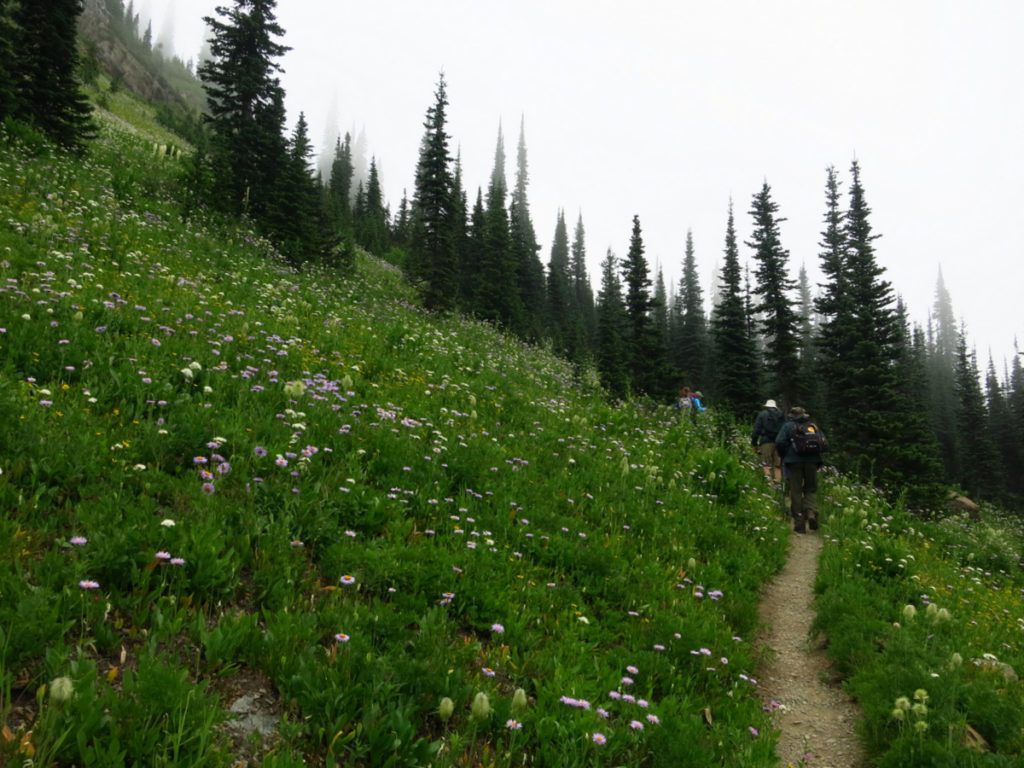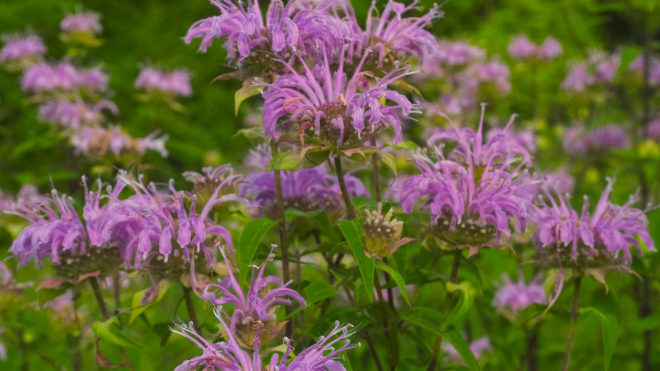Our sense of smell is one of our least utilized senses. Yet, it’s the one most closely associated with memory. Every time I catch a whiff of subalpine fir, for example, the scent transports me back in time to my first backpacking trip as a teenager. For me, the fragrance of this tree is the smell of summer in the high country.
Over the past few years, I’ve been exploring more of the valley and riparian forests of the Flathead. A few weeks ago, while walking on a trail leading to the river, I encountered a scent that seemed both familiar and foreign. At first, I couldn’t place the lightly “toasted” aroma with a hint of thyme. As the trail opened up, I spotted the purveyors of this fine fragrance – Bee balm (AKA horsemint or Monarda). The plants grew in large patches along the forest edges and meadows.
I “know” bee balm by sight, having encountered it over many decades and in different habitats, but now I could definitively recognize it by aroma. Yes, there are many ways to know a plant, and smell is one of them.
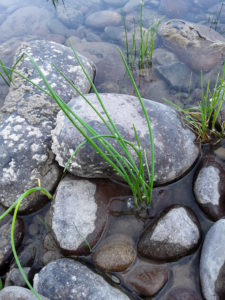
Ten minutes later, my pup and I approached the cobbly shoreline along the Flathead River. As Louie ran across the rocks, a hint of chives floated through the air. The more he ran the stronger the scent.
The delicious aroma emanated from crushed chives growing in the silt between river rocks. I hadn’t even noticed the plants until catching a whiff.
Who says we can’t read the news with our nose?
A week later, at a different location, I encountered the smell of wild strawberries. Less than 50 feet away, hundreds of plants with their tiny red fruits beckoned. Their scent 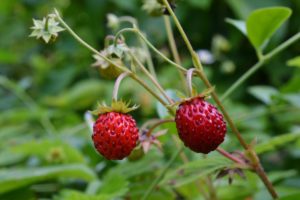 reminded me of a time – more than 40 years ago – when I couldn’t resist picking wild strawberries to make preserves.
reminded me of a time – more than 40 years ago – when I couldn’t resist picking wild strawberries to make preserves.
I don’t recall how many hours I picked, but it was a lot. My “haul” of berries barely filled two half-pint jars. I sent one jar to my parents as a gift and kept the other. Frank and I savored every bit of that sweet summer flavor.
Nowadays, I enjoy sampling wild strawberries where they grow, thank the plants for their generosity, and leave plenty of fruit for others.
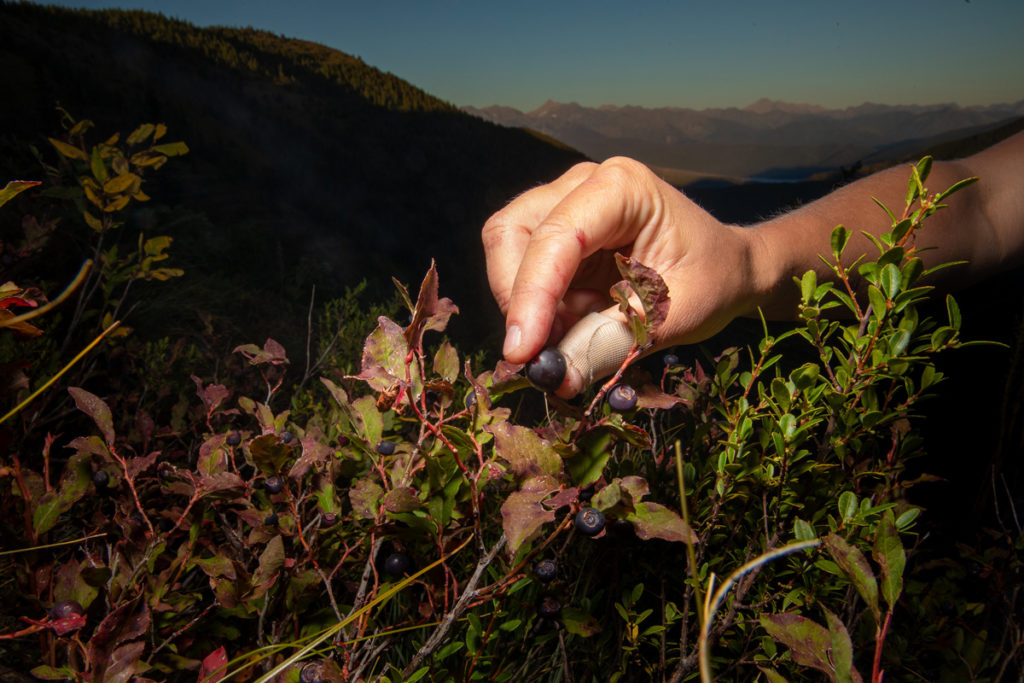
As I write this blog, we are well into huckleberry season. For many people, the smell (and taste) of these edible purple gems defines summer in the mountains. The most effective way for me to locate ripe hucks is to catch a whiff. Often, I’m not even looking for them when their scent wafts through the air.
The smell lifts me off my toes. Sometimes, when the scent is particularly robust, I envision myself floating through the air with nose pointed forward and arms and legs trailing behind. Finding huckleberries really is a matter of following my nose!
The scents of summer change throughout the season and there are many other smells than those mentioned above. Almost any time now, the sour smell of fermenting vegetation will drift through the woods as plants start to die back. It’s an aroma I’ve come to anticipate and associate with the approach of autumn. It’s a reminder to savor what’s left of summer.
Of Senses & Scents
The human sense of smell has often been described as limited, but recent research indicates that our olfactory proficiency is actually pretty good. While it will never come close to that of our canine companions, experts say that with practice, we can improve it significantly.
Here are a few ways to increase your sense of smell:
- Walk slowly, stop frequently and sniff deeply
- Try sniffing the air like an animal, pointing your nose slightly upward and slowly turning your head from side to side as you take short, deep sniffs
- Try squeezing or crushing leaves between your fingers to bring out their aroma*
- Go outside after a rain – fragrances are enhanced by moisture
- Keep a scent diary, taking note of different smells you encounter outside
- Refrain from wearing scented products that can mask natural scents
NOTE:
*Be aware of poisonous plants in your area (such as poison ivy and poison hemlock or other plants that you’re allergic to) and avoid touching them.
